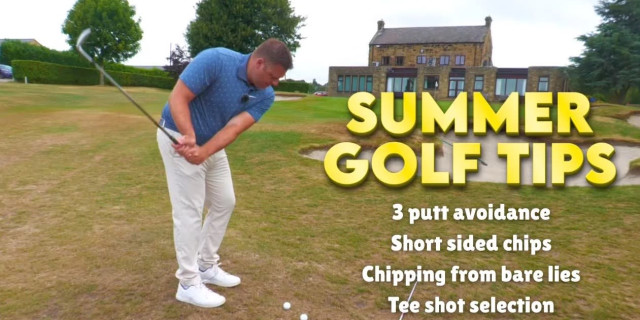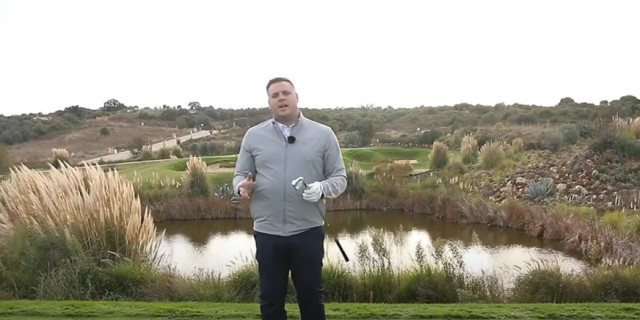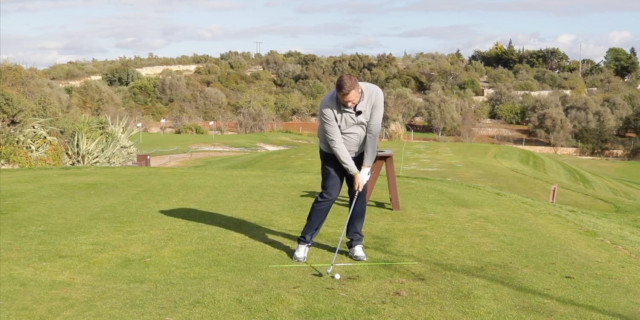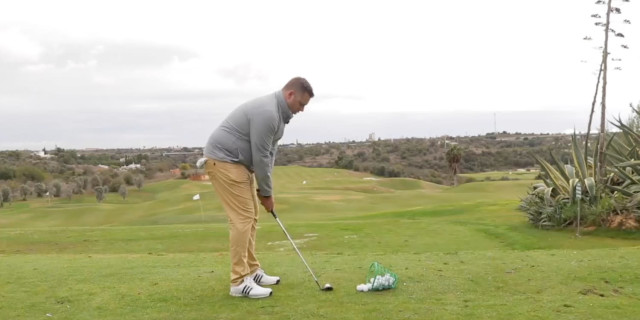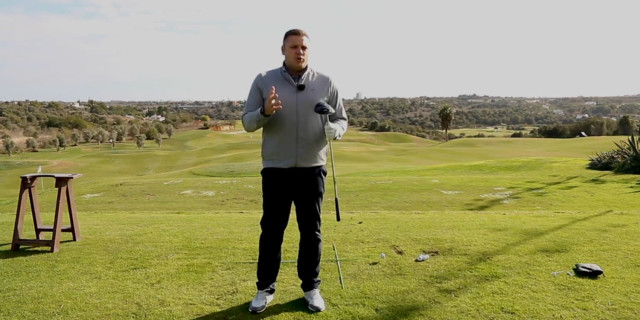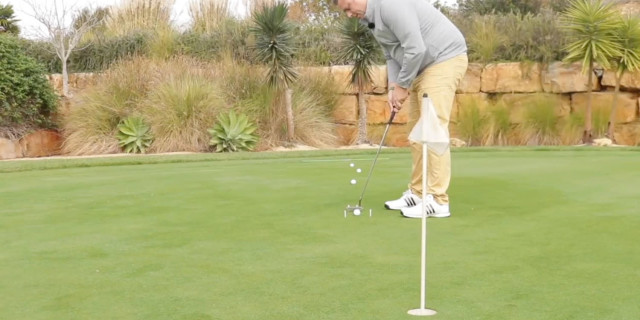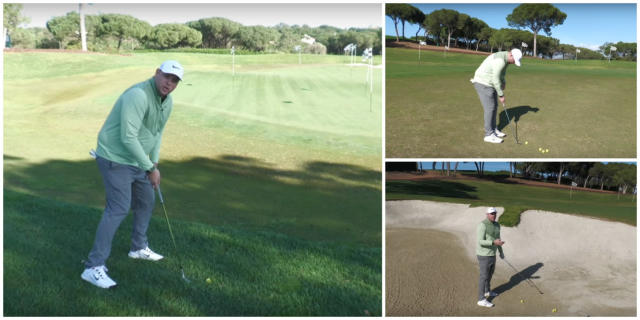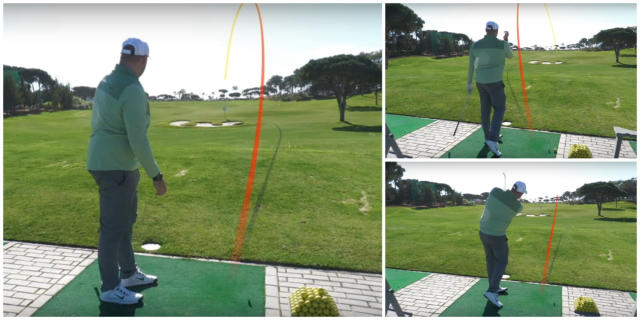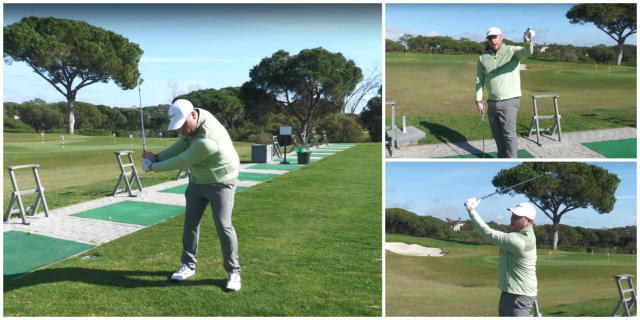Does Par Matter?
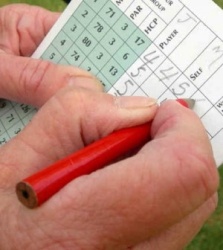 What does par really mean? Anything? When the difference in length between a par 4 and 5 can be as little as a yard, is it logical to decide that you ‘should’ take one less shot on the par 4?
What does par really mean? Anything? When the difference in length between a par 4 and 5 can be as little as a yard, is it logical to decide that you ‘should’ take one less shot on the par 4?
As ‘par’ on a scorecard is what the professionals compare themselves to, should the weekend golfer have the same benchmark? If the aim of a competitive round of golf is to play 18 holes and get the ball around in the fewest shots, surely all that matters is your score at the end, not how you do each hole in relation to par.
Three time PGA Tour Winner Lon Hinkle puts it best:
“Golf is golf. You hit the ball, you go find it. Then you hit it again.”
Often, I see golfers making the game unnecessarily difficult, inflicting self-induced pressure and sucking the fun out of the game, all because of a tiny little piece of card. Today, we will look at your scorecard and how a few small changes can transform your mind-set and likelihood of playing great golf.
Change the scorecard to YOUR par
The long, par 4 has ‘Out of Bounds’ at your driving distance and a tight fairway due to overhanging trees. Add in multiple, treacherously deep bunkers waiting to swallow up shots attempting to roll to the green. This hole earns it stroke index of 1 as so many shots are lost here. But hold on: it says par 4 on the card, so that’s the score I must get! WRONG.
As an example let’s take an 18 handicapper. They must hit their faultless drive, followed by a perfectly threaded approach through all of the bunkers, just to give themselves a chance at 2 putting the sloping green for a par.
Get out your pencil and scribble out the par 4 on your card and replace it with a 5 (as your handicap allows). Instead of a devilishly tricky par 4, you now have a relatively short par 5. Perhaps you do not even need to risk hitting driver from the tee. Players I work with have had great success, on similar holes, hitting an iron from the tee and from there, viewing the hole as a par 4. Many score better, as their approach shot is positioned for an easier putting attempt. On average, from 200 yards, the BEST on the PGA Tour in 2013, left themselves over 30 foot. Even from 75-100 yards it was 12 foot.
3 hole challenge
How many times have you had a great front 9, only to fall apart on the back? Or, a terrible first 9, but the ‘fresh start’ on the 10th tee brought change and you managed to finish around your handicap? Ever caught yourself saying, “I’d be so good, if I could put both 9s together?”
Instead of having to wait for another round, or the new beginnings of a back 9, why not split your scorecard up differently? Physically drawing a line after holes 3, 6, 9, 12, 15 and 18 has now changed your scorecard into 6 rounds, each of 3 holes.
Even if in your 1st round you are over handicap, your round is now finished, and you move onto the next. If you are playing really well and are under your handicap, holes 16-18 are a new round, so the nervous thoughts you generally have in trying to ‘close the round out’ can be left behind. This will get you much closer to playing golf how it was designed. Remember ‘hit your ball, find it, hit it again and then add up your score at the end’. Or even miss out that last step and play just for fun.
Just PLAY
I am sure you’ve heard the interviews where the golfer says that they were ‘lost in the moment’ and didn’t know how they were doing until off the 18th green when they added up their score. Next time you play, try exactly that, maybe get a friend to mark your card, or perhaps just add it up from memory after your round. Take the pressure of the scorecard away and just play golf. I promise it will be more enjoyable, and likely better for your score too.
How does a young child approach putting? Are they stressing over whether this putt needs to be made to avoid a 0.1 handicap increase or to keep the match alive? NO. They are just putting the golf ball, to the best of their ability. Try it and I look forward to hearing how you get on.
Related Content: top tips
Andy Griffiths is a UKPGA member, graduated from the University of Birmingham with the AGMS (Applied Golf Management Studies) degree and holds coaching certifications with the PGA, TGA, TPI Levels 1 & 2.
To find out more about Andy follow him on Twitter @andygriffiths1 , visit his website at www.andygriffithsgolf.com or via Facebook facebook.com/andygriffithsgolf
Related Video
Andy Griffiths
Andy is a UKPGA member & graduate of the AGMS degree at the University of Birmingham. He's coached in more than 30 countries and travelled and worked with many of the best in the business. His no. 1 desire is to help golfers reach their dreams, and to enjoy the process!
Latest Articles- Learning from The Wolf of Wall Street
- Change Takes Time
- Different Lies - Practice, Challenge, Creativity

